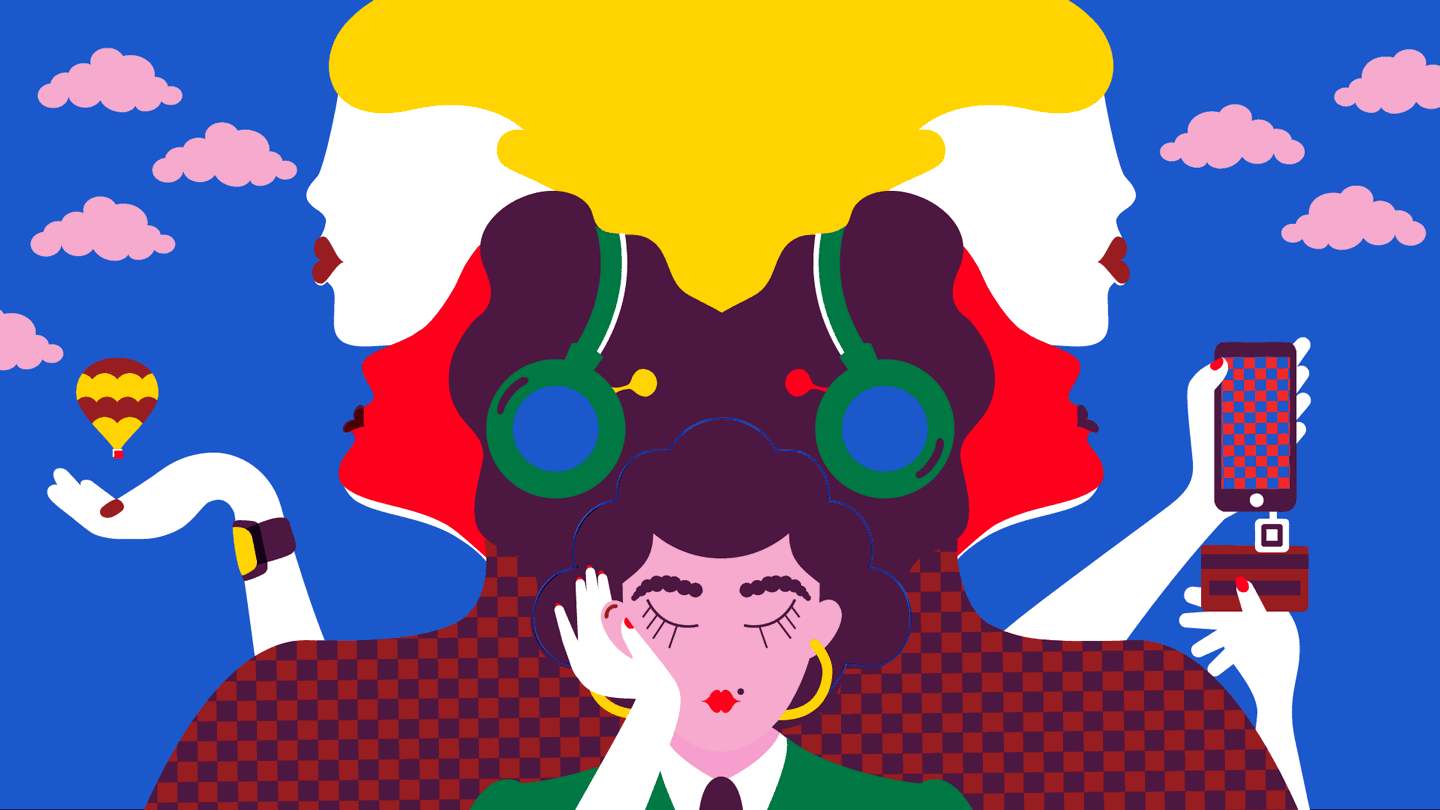Mobility as Amenity
As autonomous mobility becomes increasingly more viable, the cost savings of removing a human driver will mean that passengers likely won’t be the ones paying for their ride. Rather, their hotel, restaurant or employer will be footing the bill. This is because brands will soon realize the benefits of making the trip part of the experience. Retail will use transportation to draw in customers to brick and mortar shops. Real estate holders will offer autonomous vehicles (AVs) to make their buildings more viable options. For employers, mobility or transportation can be treated as an additional benefit: the company could provide an AV shuttle or smart car that allows employees to use their commute time more productively, without having to worry about safety. By taking an AV to the office, employees could use their commute as work time in order to optimize their personal time.
Theo Calvin, Creative Director, North America Auto Sector Creative Lead, frog Austin
Armand Teychene, Design and Innovation Solution Manager, frog Paris














